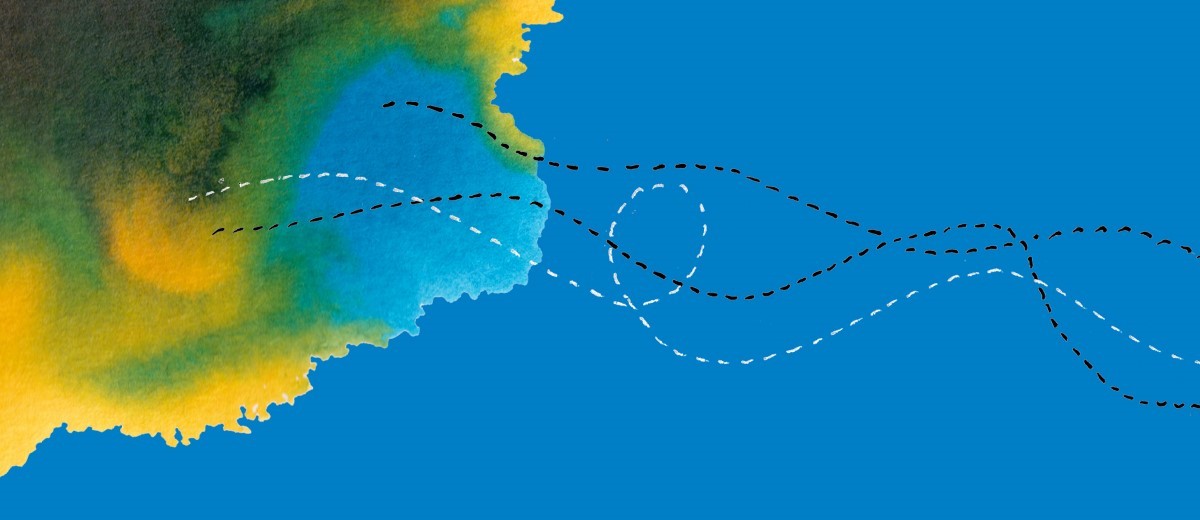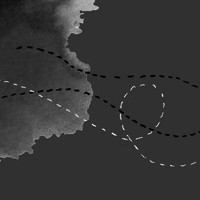Geographic Origins
The Czech Republic is in central Europe. It is bordered by Germany, Poland, the Slovak Republic and Austria. It consists of the former provinces of Bohemia and Moravia.
History of Immigration and Settlement
The first known Czechs to come to South Australia were Roman Catholic missionaries from both Bohemia and Moravia. The first of these was Brother Alois Kreissl, who arrived in 1870 to work at the Jesuit settlement at Sevenhill, where he died in 1888. Other missionaries arrived in the following years. They grew fruit and olives for the local market, which included Irish, Polish and German migrants as well as the Aboriginal population. The last Czech missionary was Father Josef Girschik who arrived in Adelaide in 1898. He died in Sydney in 1930.
The number of Czechs who migrated to Australia between 1900 and the First World War was negligible. Many chose to emigrate to the United States because opportunities there were greater and Czech communities larger. The imposition of immigration quotas in the United States from 1921 until 1924, however, led a number of Czechs to come to Australia. This came to an end in 1925 when the Australian government passed an immigration act that introduced quotas for immigrants from countries other than Britain.
The first significant wave of Czech migrants came to Australia in the aftermath of the Second World War. After the communist takeover of Czechoslovakia in February 1948, thousands of Czechs fled on foot to neighbouring Germany. These refugees awaited resettlement in Displaced Persons’ (DP) camps in West Germany, Italy and Austria. Those who chose to migrate to Australia were sent to Bagnoli, near Naples in Italy, where they boarded ships for Australia. In later years Czech migrants departed from Hamburg. Between 1949 and 1951 over 10,000 Czechs and Slovaks arrived in Australia. Of these, 1,500 settled in South Australia. They initially stayed at the Woodside, Mallala and Smithfield Migrant Hostels.
In exchange for their passage from Europe, the Czechs who came to South Australia at this time were bound to a two-year employment contract with the Australian government. They worked in unskilled occupations, either as labourers or domestics. About 12 worked at the Woodroofe lemonade factory at Norwood. Others worked at the Actil textile factory in Woodville, on the railways in the Riverland, or in the forestry industry in the state’s south-east.
A second wave of Czechs came to South Australia in the early 1970s. They emigrated because the reforming ‘Prague Spring’ of Alexander Dubcek’s government was crushed by Soviet and Eastern European troops in 1968. Of the 12,000 Czechs and Slovaks who arrived in Australia at this time, 1,000 settled in South Australia.
The third major group of Czech migrants began arriving in South Australia as refugees after the fall of Czechoslovakia’s communist government in 1989. Almost 90 per cent of these people had tertiary educations.
Czech South Australians are scattered throughout the metropolitan area.
Community Activities
The Czechoslovak Club of South Australia began informally in 1949. A group of young Czech women were living at a YWCA hostel in Adelaide. Some young men who had fled Czechoslovakia as ‘February Refugees’ in 1948 began to gather outside the building in their spare time, waiting for the women to emerge and soon a considerable throng gathered regularly there. The group began meeting at a cellar in Grenfell Street and at the premises of the Catholic Women’s League in Rundle Street. Within six months they hired a hall at 33 Wakefield Street, Adelaide, for social gatherings. The Czechoslovak Club was incorporated as an official body in the early 1950s. It later met at premises in Rundle Street and at a restaurant in Hutt Street.
In 1959 the club purchased an old church surrounded by a substantial block of land in Coglin Street, Brompton. Three years later the church was demolished, and the club built a large hall and offices in its place. Its main function is to provide support for new arrivals from the Czech and Slovak Republics.
The highlight of the club’s year is the anniversary of the declaration of Czechoslovakia’s independence from Austria-Hungary on October 28, 1918, celebrated by a dinner-dance with traditional food and music.
The Czechoslovak Club also holds social gatherings for St Mikulas Day on the first Sunday in December. St Mikulas, attended by angels and devils, arrives to distribute gifts among the Czech and Slovak children.
Other gatherings throughout the year include Name or Saints Days, New Year’s Eve, Mother’s Day and an annual Sports Day and barbecue.
Organisations and Media
- Czechoslovak Club of S.A. Inc.
Statistics
The 1981 census recorded that there were 1,381 Czechoslovakian-born people resident in South Australia. The 1986 census recorded 1,673. However, 1,716 said that they were of Czech descent.
According to the 1991 census there were 1,724 Czechoslovakian-born South Australians. 2,130 people said that their mothers were born in Czechoslovakia, and 2,738 that their fathers were.
The Czech and Slovak Republics voted to become independent of each other in January 1993. The 1996 census is the first to separately record those of Czech birth, which stood at 838, with a second generation numbering 953. For comparison the census also included a Czechoslovakian entry which recorded that there were 1,345 Czechoslovakian-born South Australians. The second generation stood at 1,208.
The 2001 census recorded 563 Czechoslovakian-born South Australians, while 1,336 people said that they were of Czech descent.
The 2006 census recorded 554 Czechoslovakian-born South Australians, while 1,545 people said that they were of Czech descent.
The 2011 census recorded 538 Czechoslovakian-born South Australians, while 1,689 people said that they were of Czech descent.
The 2016 census recorded 477 Czechoslovakian-born South Australians, while 1,679 people said that they were of Czech descent.
Cigler, M, The Czechs in Australia (Melbourne: AE Press, 1983)
Dennis, B, Ethnic Development in South Australia (Adelaide: Good Neighbour Council, 1974)
Jupp, J (ed.), The Australian People: An Encyclopedia of the Nation, Its People and Their Origins, Second Edition, (Cambridge University Press, 2001).
Martin, JI, Community and Identity: Refugee Groups in Australia (Canberra: ANU, 1972)




Add your comment